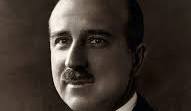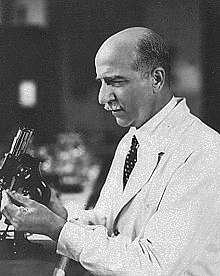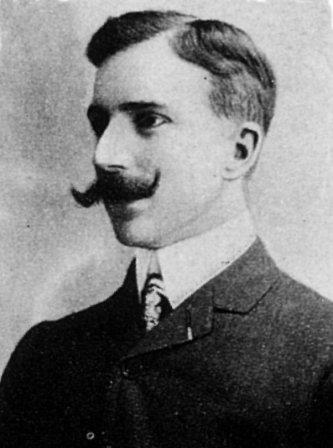View entry
Name: BRUMPT, Emile (Dr.)



Nee: Alexandre Joseph Émile Brumpt
Birth Date: 10 Mar 1877 Paris
Death Date: 7 July 1951 Paris
Nationality: French
First Date: 1901
Profession: Parasitologist
Married: In Paris 9 Dec 1907 Renée Galliard b. 6 Sep 1889 Paris, d. 6 Dep 1974 Crosne, Ile de France
Children: Richard (15 Dec 1908 Paris-8 Feb 1913 Paris); Lucien Charles (16 Jan 1910 Paris-11 Apr 1999 Paris); Bernard (9 Jan 1913 Paris-3 Aug 1946 Paris); Valentin René (1915-2006)
Book Reference: North
School: Faculty of Medicine, Paris
General Information:
North - Traveller - Doctor with French expedition from Djibouti to Lake Rudolf & Upper Nile led by Count Bourg de Bozas. 1901
Existence od old lacustrine deposits in the Lake Rudolf basin was first discovered by Brumpt.
www.encyclopedia.com/science/dictionaries Brumpt began his career as préparateur at the Paris Faculté des Sciences in 1895 and became an assistant professor at the Faculté de Médecine in 1906. In that year he received his doctorate and in 1907 passed the agrégation. In 1919 he followed Raphael Blanchard as full professor in the chair of parasitology and was elected a member of the Académie de Médecine.
His rapid rise and brilliant career are explained by his works and his scientific authority. Brumpt, both a zoologist and a physician, was the originator of medical parasitology in France. He was led to this by experimental research and his numerous trips and sojourns in tropical lands. In 1901, as a second-year student, he made a two-year journey across Africa, from Abyssinia to the Congo, with the Bourg de Bozas mission. He later returned to Africa and also visited South America (especially Brazil) and the Far East.
Brumpt was a remarkable teacher and a most talented experimenter. He was the first to demonstrate, in 1904, the existence of a developmental phase in leeches of the trypanosomes of batrachians and fish. This cycle was noted again in 1911 in the tsetse carriers of T. gambiense, the agent causing sleeping sickness. In 1912, in Brazil, Brumpt described the life history of Trypanosoma cruzi—the agent of Chagas’ disease—in Triatoma, a blood-sucking hemipteran. Chagas thought that trypanosoma developed in the general cavity and in the salivary glands of the bug and that infection was conveyed through biting. Brumpt in 1912 described the entire cycle and showed that the disease was transmitted through the feces, which infected the bite wound.
Brumpt was a remarkable teacher and a most talented experimenter. He was the first to demonstrate, in 1904, the existence of a developmental phase in leeches of the trypanosomes of batrachians and fish. This cycle was noted again in 1911 in the tsetse carriers of T. gambiense, the agent causing sleeping sickness. In 1912, in Brazil, Brumpt described the life history of Trypanosoma cruzi—the agent of Chagas’ disease—in Triatoma, a blood-sucking hemipteran. Chagas thought that trypanosoma developed in the general cavity and in the salivary glands of the bug and that infection was conveyed through biting. Brumpt in 1912 described the entire cycle and showed that the disease was transmitted through the feces, which infected the bite wound.
See Wikipedia He studied zoology and parasitology in Paris, obtaining his degree in science in 1901, and his medical doctorate in 1906. In 1919 he succeeded Raphaël Blanchard (1857-1919) as professor of parasitology to the Faculté de Médecine de Paris, a position he maintained until 1948. Much of his career was spent performing research in Africa and Latin America.
Brumpt is credited for introducing a technique known as xenodiagnosis into parasitological research. In 1935 he described Plasmodium gallinaceum, an avian malarial parasite that infects chickens and other fowl.[2][3] He also conducted important research involving the African tsetse fly (Glossina palpalis) as a biological vector for trypanosomiasis.[4] In addition, he did extensive studies of the diseases: schistosomiasis, Chagas disease, onchocerciasis and leishmaniasis.
Brumpt is credited for introducing a technique known as xenodiagnosis into parasitological research. In 1935 he described Plasmodium gallinaceum, an avian malarial parasite that infects chickens and other fowl.[2][3] He also conducted important research involving the African tsetse fly (Glossina palpalis) as a biological vector for trypanosomiasis.[4] In addition, he did extensive studies of the diseases: schistosomiasis, Chagas disease, onchocerciasis and leishmaniasis.
